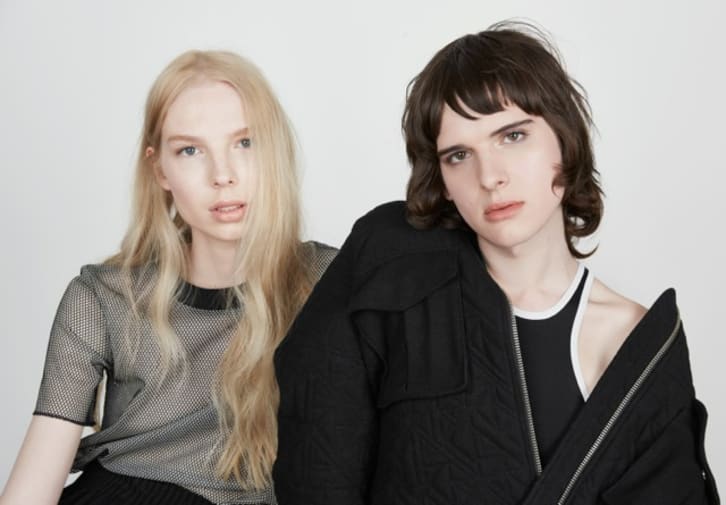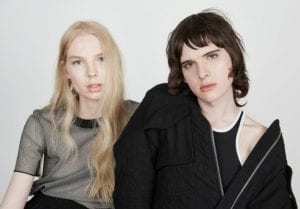Bridging the gender gap
“There are no shocking pictures, only shocking reality” (Oliviero Toscani)
Photographers like Olivero Toscani or Riccardo Tisci are leading role models in using an image to show people the reality. The advertisement has the power to reflect and visualize the current changes, events, and feelings of society.
In 2010, Riccardo Tisci cast Lea T, a transgender model for his Givenchy campaign shooting for the 2011 Autumn-Winter collection. Through his campaign, he discovered and embraced the new unfamiliar while placing a “trans model in a hyper-glossy fashion scenario” (CNN style, 2017). He inspired us to see and respect a new gender in the world and in fashion, where we celebrate beauty and individuality. By no means fashion and image can be a powerful tool to present what is often hidden/ unspoken in society and turn into a visual dialogue that makes us stop and think. For Lea T it was the start of confidently expressing her gender, her character, her way of seeing the world which “paved the way for a new sort of inclusivity” (CNN style, 2017). Through Tasci’s campaign, the viewer was asked to see that we have people with who have gender expressions that differ from their assigned sex and it’s okay. He even goes further and celebrates the beauty of transgendered people like Lea T by placing her in a hyper fashion campaign that is made to communicate beauty, power, and desire. So no, this campaign clearly supports and celebrates transgender’s people and diversity in our global community. The campaign image expresses a cool, relaxed mood, which portrays two gender identities we cant clearly see because no attention/focus was made to female postures, style, expression, and organs. Personally, I think we should question the identities of this image by focusing on the people and not so much on the clothes. Indeed fashion and image have the power to communicate that “gender is much more than who we are; it is what we do or perform as we participate in an embodied way with cultural discourse”(Kaiser, 2013, pp 123). Meaning that gender and subject positions in life are always under construction due to social, cultural and personal interest and the questions we ask to find out more about ourselves (Kaiser, 2013, pp 123).
Work cited:
Kaiser, Susane B. Fashion and Cultural Studies. New York: Bloomsbury Academic, 2013.
“The Fashion Ads That Changed the World.” CNN. September 08, 2017. Accessed February 17, 2019. https://www.cnn.com/style/article/adverts-that-changed-the-world/index.html.

